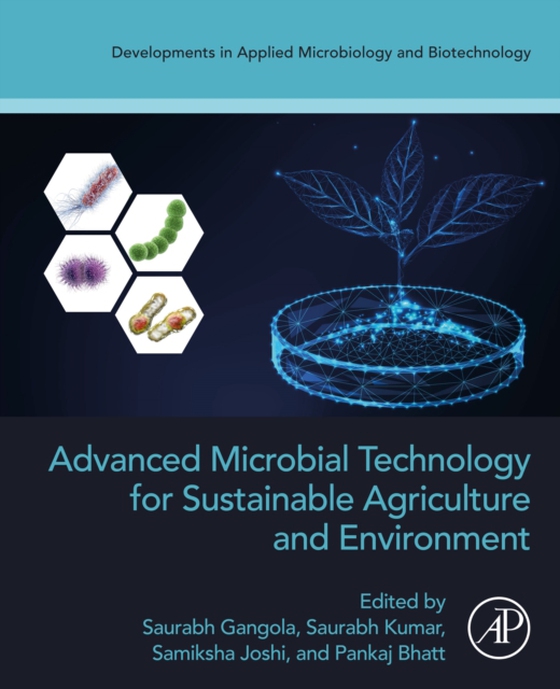
Advanced Microbial Technology for Sustainable Agriculture and Environment e-bog
1824,96 DKK
(ekskl. moms 1459,97 DKK)
Advanced Microbial Technology for Sustainable Agriculture and Environment focuses on plant-microbe interactions in respect to bioremediation and plant growth promotion, providing insights on diverse approaches such as genomics, metagenomics, proteomics, bioinformatics and other high-throughput analyses of environmentally relevant microorganisms. The impact of frequent applications of potentiall...
E-bog
1824,96 DKK
Forlag
Academic Press
Udgivet
18 maj 2023
Længde
306 sider
Genrer
Medical diagnosis
Sprog
English
Format
epub
Beskyttelse
LCP
ISBN
9780323950916
Advanced Microbial Technology for Sustainable Agriculture and Environment focuses on plant-microbe interactions in respect to bioremediation and plant growth promotion, providing insights on diverse approaches such as genomics, metagenomics, proteomics, bioinformatics and other high-throughput analyses of environmentally relevant microorganisms. The impact of frequent applications of potentially toxic chemicals (pesticides and fertilizers) and increased industrialization processes on microbial diversity emphasizes the potential threat to microbial biodiversity in ecosystems. This is an ideal resource on current trends and the future of PGPR developments with bioremediation potential.Moreover, it gives a deep understanding of the genetics of microbial biodegradation and different remediation mechanisms that help to re-establish the natural environment. Helps readers find sustainable ways for environmental clean-up and increased agricultural productivity Gives a systematic overview of the role of PGPR in bioremediation, selection and preparation of potential PGPR microbial inoculum for bioremediation, biodegradation and plant growth promotion Illustrates the importance of PGPR in the bioremediation of potentially hazardous and relatively novel compounds with the maintenance of sustainable agricultural productivity Addresses emerging novel approaches of PGPR-based biodegradation of toxic compounds and highlights key developments and challenges associated with the processes
 Dansk
Dansk

